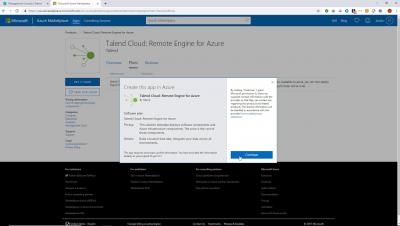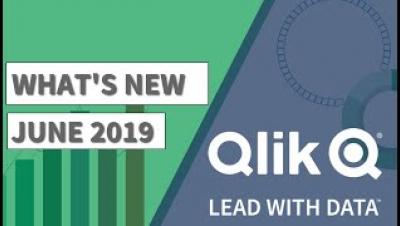Systems | Development | Analytics | API | Testing
BI
This year has been a game changer for Yellowfin
This year has been a game changer for Yellowfin
The launch of Signals has been a complete game-changer for us this year. Yellowfin is doing something completely unique in the marketplace and we’re winning some great deals because of it. Signals is an automated data discovery product that delivers alerts to users about critical changes in their business. It’s not about dashboards - this is a completely different way of consuming analytics.
Data Pipelines and the Promise of Data
The flow of data can be perilous. Any number of problems can develop during the transport of data from one system to another. Data flows can hit bottlenecks resulting in latency; it can become corrupted, or datasets may conflict or have duplication. The more complex the environment and intricate the requirements, the more the potential for these problems increases. Volume also increases the potential for problems. Transporting data between systems often requires several steps.
Trellising
Today I’m going to do something different and not talk about a specific visualization as I’ve done in my last blog posts, but rather a technique that we use within visualization. How to create multiple views that each show a different part of your dataset?
Data Readiness and Quality: The Big New Challenges for all Companies
We live in a digital age which is increasingly being driven by algorithms and data. All of us, whether at home or work, increasingly relate to one another via data. It’s a systemic restructuring of society, our economy and institutions the like of which we haven’t seen since the industrial revolution. In the business world we commonly refer to it as digital transformation. In this algorithmic world, data governance is becoming a major challenge.
Meeting SLAs for Data Pipelines on Amazon EMR With Unravel
A household name in global media analytics – let’s call them MTI – is using Unravel to support their data operations (DataOps) on Amazon EMR to establish and protect their internal service level agreements (SLAs) and get the most out of their Spark applications and pipelines. Amazon EMR was an easy choice for MTI as the platform to run all their analytics. To start with, getting up and running is simple. There is nothing to install, no configuration required etc.
Making Data Work With the Unravel Partner Program
Modern data apps are increasingly going to the cloud due to their elastic compute demands, skills shortages and the complexity of managing big data on premises. And while more and more organizations are taking their data apps to the cloud to leverage its flexibility, they’re also finding that it is very challenging to assess application needs and how to migrate and optimize their data to ensure performance and cost targets are not compromised.
June 2019 Qlik Product Releases
We are halfway through 2019 and with the third release of the year, our momentum remains strong as we continue to deliver significant product innovations for our customers across the Qlik portfolio.








